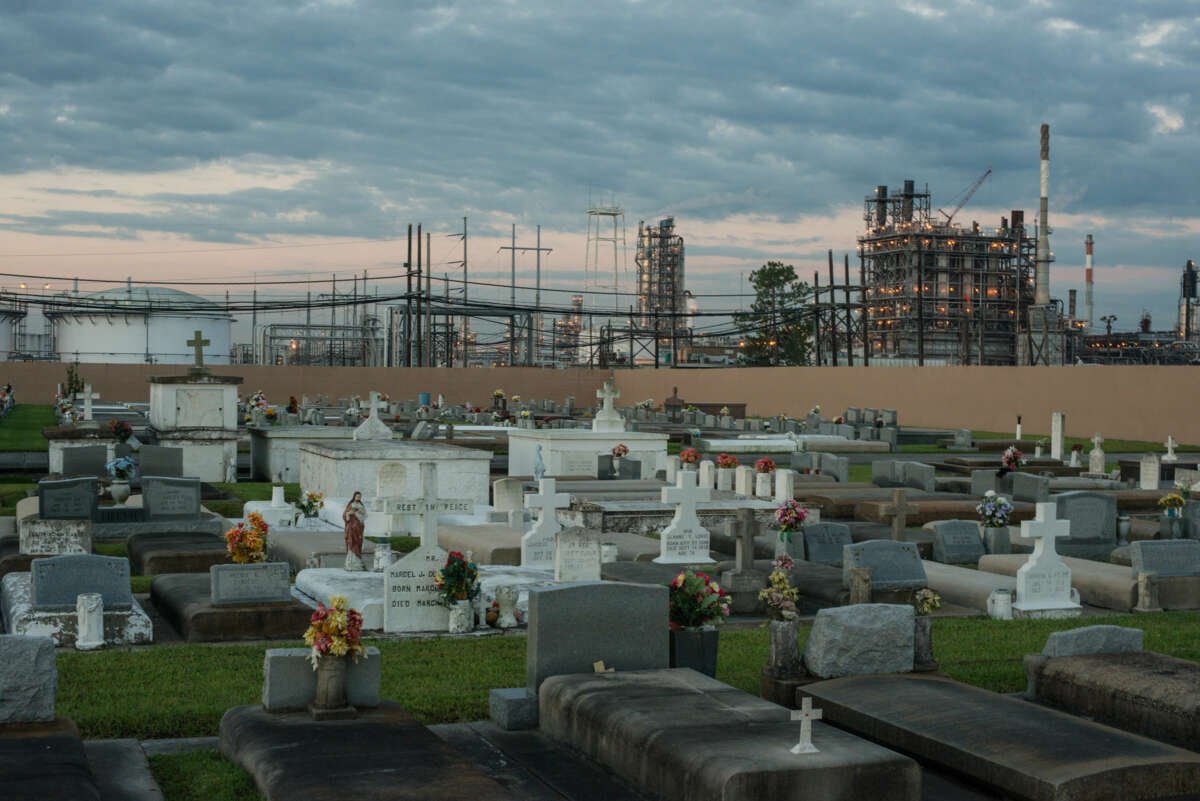Despite a nationwide effort to monitor and stop emissions, dangerous concentrations of the cancer-causing chemical benzene are still being detected in the air and near ground level between oil refineries and neighboring communities in the Gulf South and Midwest.
The Environmental Protection Agency’s (EPA) Office of Inspector General, the federal watchdog for the EPA, released an alarming report this week exposing massive holes in regulatory efforts to track and require oil refineries to reduce harmful concentrations of benzene in the air, which overwhelmingly impacts low-income neighborhoods and communities of color that are already overburdened by industrial pollution. The EPA classifies benzene as a “national cancer risk contributor” alongside toxic pollutants such as acetaldehyde, carbon tetrachloride and naphthalene.
The finding suggest that newer, well-funded oil refineries are taking steps to mitigate benzene pollution, while older refineries in states with little oversight and high levels of industrial pollution are exploiting loopholes in federal regulations that require companies to take cleanup action when benzene concentrations exceed the public health limit of nine micrograms per cubic meter at the facility’s property line.
Unsurprisingly, many of the worst offenders are located in the industrial corridors of Louisiana and Texas, where the fossil fuel industry holds massive political sway, environmental enforcement is sparse, and fiery explosions, deadly accidents and pollution leaks at fossil fuel refineries and petrochemical plants are common occurrences that often result in evacuation orders for nearby residents.
Want to read more? Please click… HERE!!!

